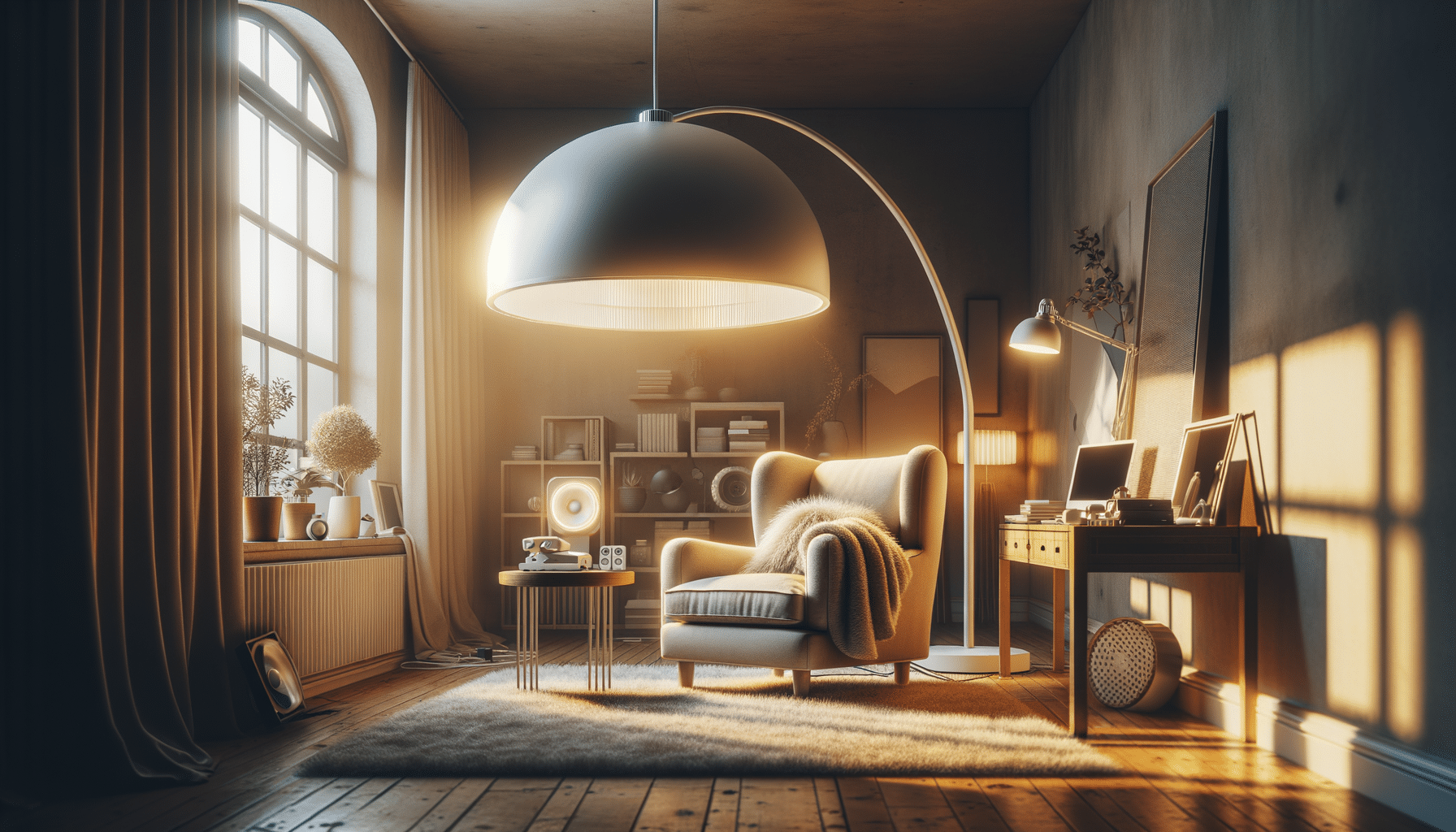
3 Everyday Habits That May Increase Your Electricity Bill
Introduction: The Hidden Cost of Everyday Habits
In our daily lives, we often overlook the small actions that can significantly impact our electricity bills. While it may seem trivial, these habits can accumulate over time, leading to increased costs and energy consumption. Understanding and modifying these behaviors can not only save money but also contribute to a more sustainable environment. This article explores three everyday habits that may unknowingly increase your electricity bill and offers practical solutions to mitigate their effects.
Leaving Electronics Plugged In
One common habit that many individuals overlook is leaving electronics plugged in when they are not in use. Devices such as phone chargers, televisions, and computers continue to draw power even when turned off, a phenomenon known as “phantom load” or “vampire energy.” This constant energy drain can add up over time, increasing your electricity bill.
According to the U.S. Department of Energy, appliances and electronics can account for up to 10% of a household’s energy use. By simply unplugging devices or using power strips to easily switch them off, you can significantly reduce this unnecessary consumption. Consider implementing the following strategies:
- Use smart power strips that automatically cut off power when devices are not in use.
- Unplug chargers and adapters when not actively charging a device.
- Set computers and monitors to enter sleep mode after a period of inactivity.
These small changes can help you minimize energy waste and lower your electricity bill.
Relying on Incandescent Lighting
Another habit that can contribute to higher electricity costs is the use of incandescent light bulbs. These traditional bulbs are less energy-efficient compared to their modern counterparts, such as LED or CFL bulbs. Incandescent bulbs convert most of the energy they consume into heat rather than light, which means they require more electricity to produce the same amount of illumination.
Switching to LED or CFL bulbs can result in substantial savings. LED bulbs, for instance, use approximately 75% less energy and last up to 25 times longer than incandescent bulbs. Although the initial cost of these energy-efficient bulbs may be higher, the long-term savings on your electricity bill make them a worthwhile investment.
Consider these benefits of using LED or CFL lighting:
- Reduced energy consumption, leading to lower electricity bills.
- Longer lifespan, reducing the frequency of replacements.
- Available in various color temperatures to suit different lighting needs.
By upgrading your lighting, you can decrease energy use and enjoy better quality illumination.
Overusing Heating and Cooling Systems
Heating and cooling systems are essential for maintaining a comfortable indoor environment, but their overuse can significantly increase your electricity bill. Many households tend to set their thermostats too high in winter and too low in summer, leading to excessive energy consumption.
To optimize your heating and cooling systems, consider implementing these strategies:
- Use programmable thermostats to automatically adjust temperatures based on your schedule.
- Regularly maintain HVAC systems to ensure they operate efficiently.
- Seal windows and doors to prevent drafts and improve insulation.
By making these adjustments, you can maintain comfort while reducing energy usage and costs.
Conclusion: Taking Control of Your Energy Consumption
Small changes in daily habits can lead to significant savings on your electricity bill. By unplugging electronics, switching to energy-efficient lighting, and optimizing your heating and cooling systems, you can reduce energy waste and lower costs. These simple adjustments not only benefit your wallet but also contribute to a more sustainable future. Start taking control of your energy consumption today and enjoy the financial and environmental benefits.


